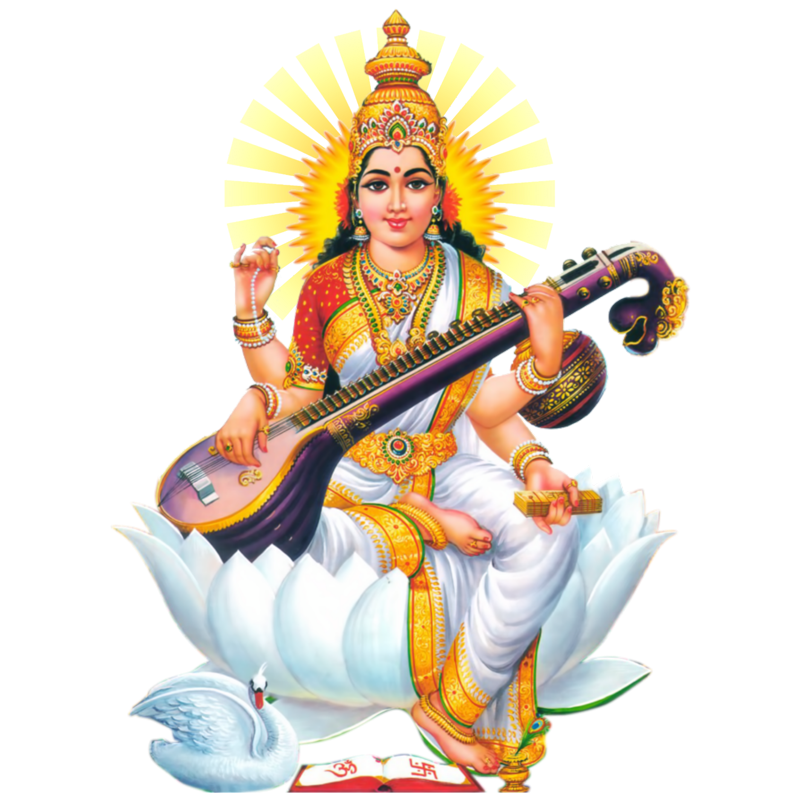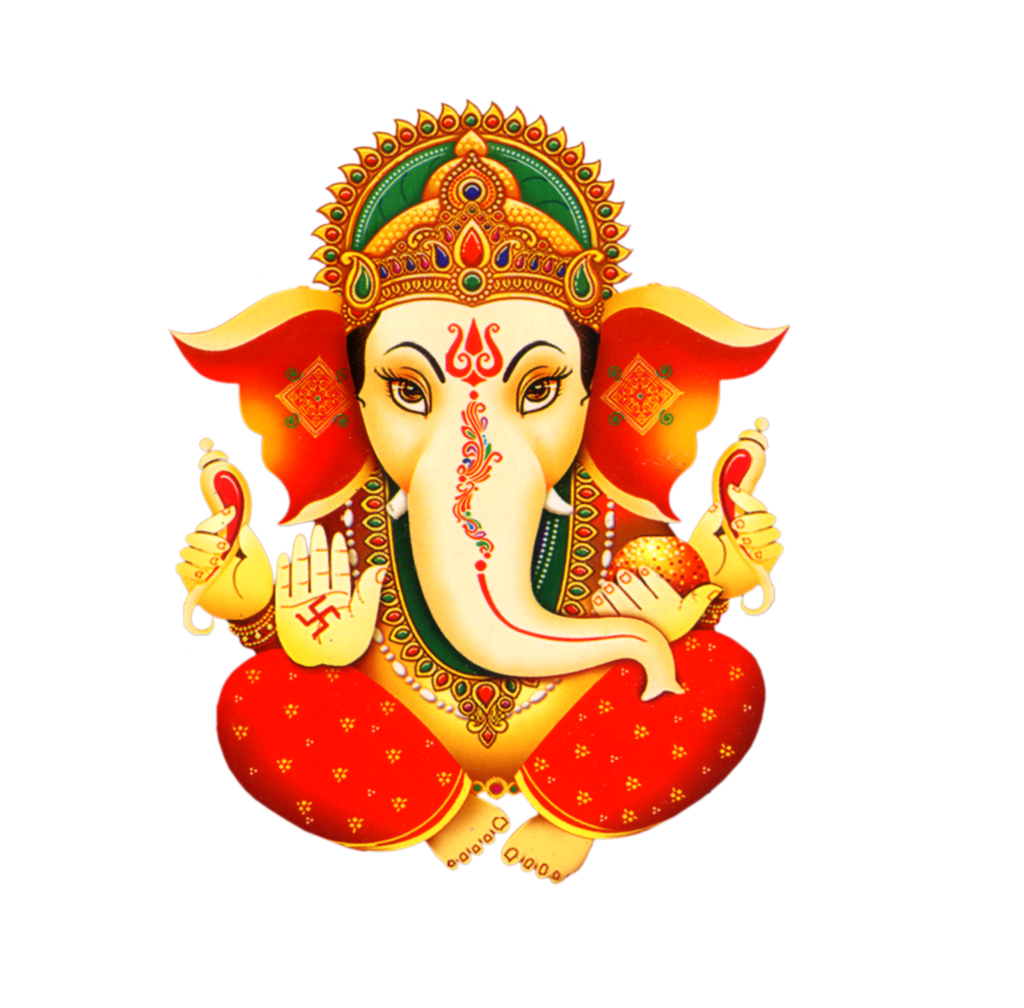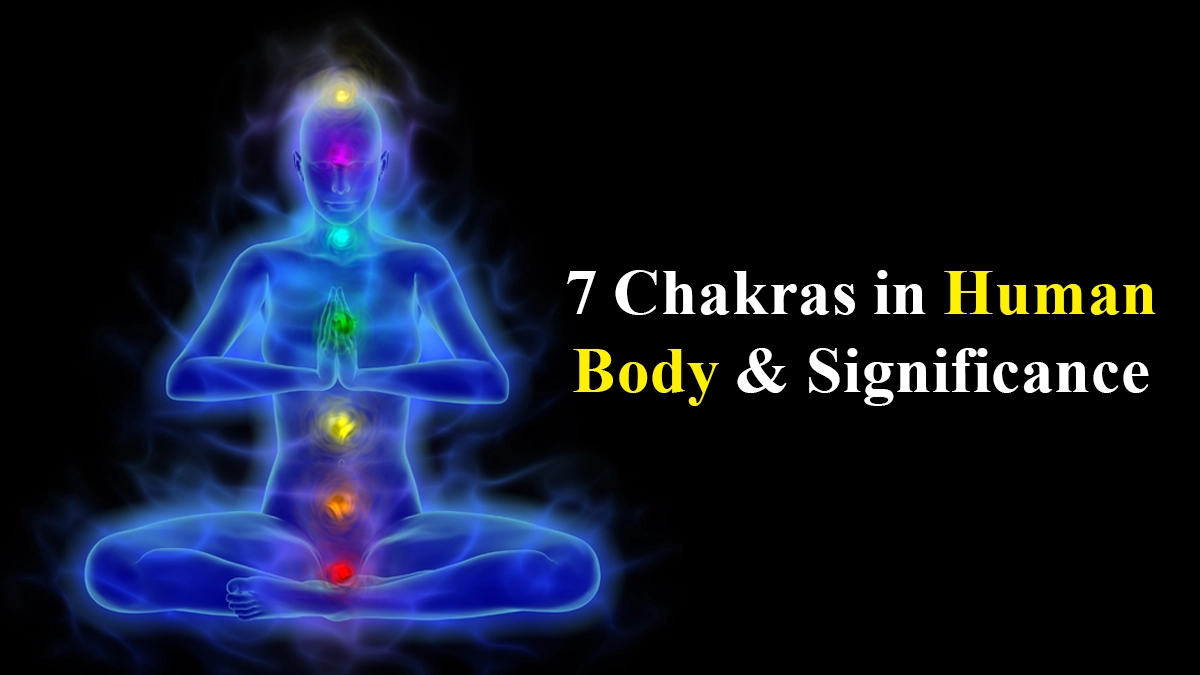The seven chakras are considered to be the primary energy centers within your body, aligned along the spine. Here’s an overview of this age-old and intricate energy system.
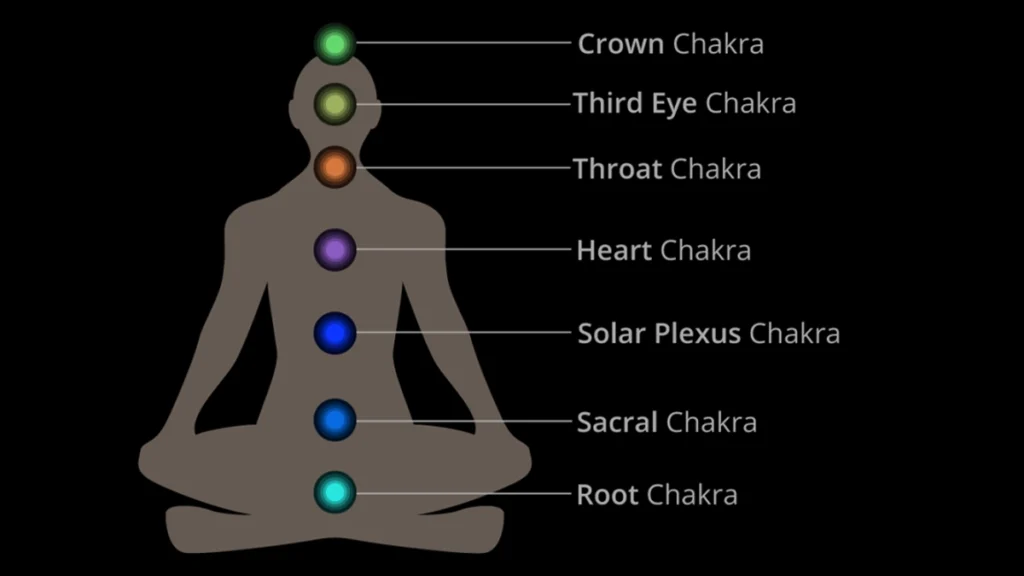
These energy centers, known as chakras, have been a fundamental aspect of various spiritual and healing practices for centuries. Each chakra is believed to play a distinct role in influencing your physical, emotional, and spiritual well-being.
1st Root Chakra
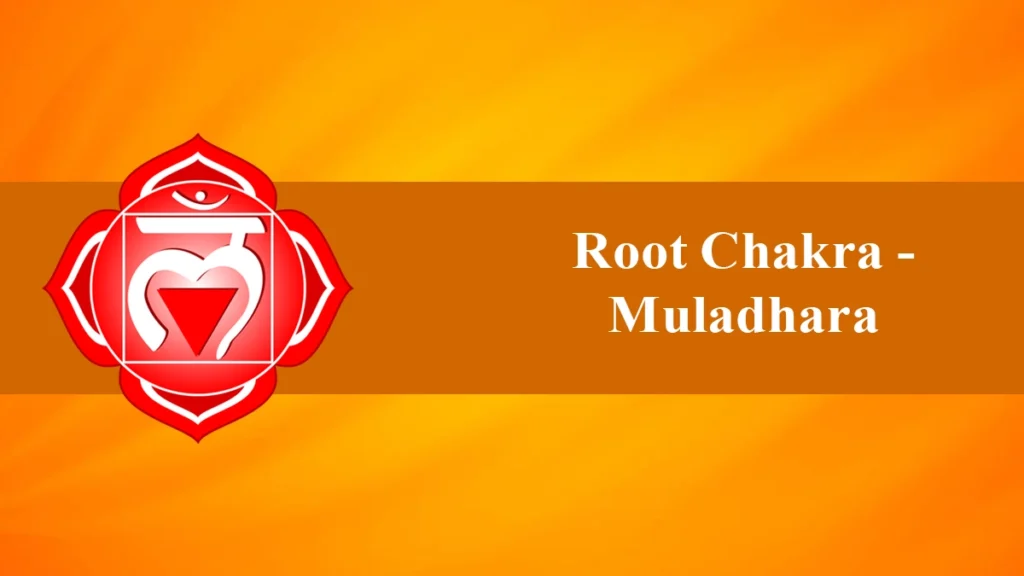
“survival center “, ” center of basic needs”, “gateway of life & death”
- sanksrit name: Muladhara (root, support)
- Beej mantra: lam
- symbol: lotus with 4 petals
- color: ruby red
- location: base of spine (perineum)
- corresponding hormonal gland: adrenal gland
- associated anatomy: kidneys, spine, colon, legs, feet
- characteristics: patience, structure, stability, security, ability to manifest your dreams, related to sexuality
- imbalanced root chakra life issues: value material possessions as sacred, find trust in places of despair, having no direction in life, excessive worry about having enough money, security, safety, possessions
- affected by: thoughts & feelings concerning needs, physical safety, home, possessions, career, finances
- physical activities: yoga, movement focusing on legs & feet, any activity that is grounding, physical, & demands presence
- spiritual activities: noticing the beauty & perfection of the natural world, grounding meditations
2nd Sacral Chakra
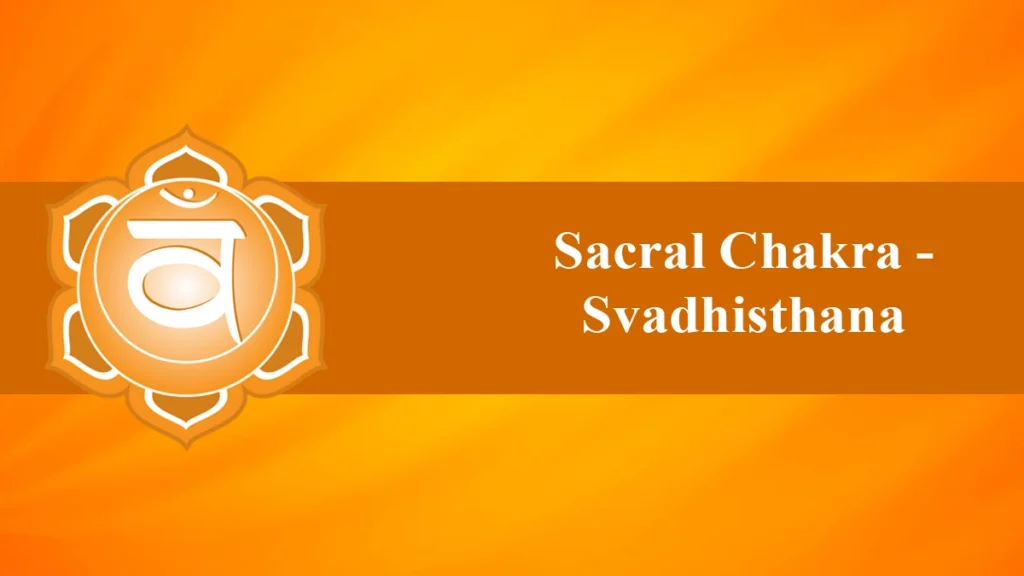
“naval chakra”, “spleen chakra”, “deep belly center”
- Sanksrit name: Svadhisthana (my own sweet abode)
- Beej mantra: Vam
- symbol: crescent moon within a white lotus made up of 6 orange petals
- color: orange
- location: between the navel & base of spine
- corresponding hormonal gland: testes, prostate or the ovaries
- associated anatomy: spleen (in men) & uterus (in women) which have purifying functions, genitourinary system= reproductive organs (genitals) + urinary system (kidneys, ureters, bladder, urethra), hips
- characteristics: wellness/well-being, sexuality, sensuality, pleasure, abundance
- sacral chakra life issues: knowing that who you are & what you do is enough, having enough rest, food, exercise, fun, & money, link self-worth to appropriate things, ability to create healthy boundaries to protect yourself & your vital life force
- affected by: abuse, cravings for physical pleasures, addictions, your body & thoughts about your appearance, sexuality or fertility issues
- physical activities: yoga, moving your hips, dancing, swimming
- spiritual activities: meditation, celibacy, fasting
3rd Solar Plexus Chakra
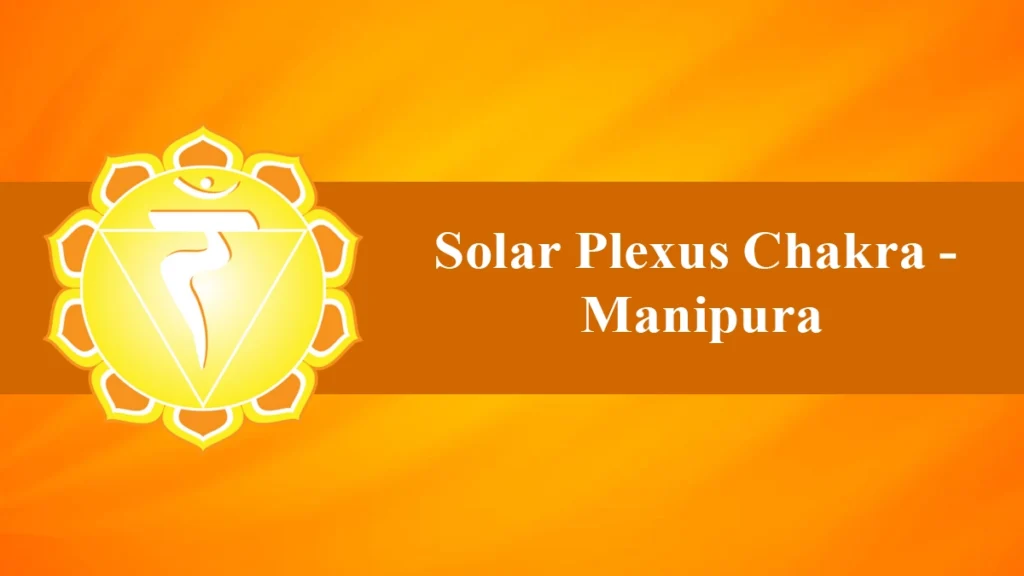
“center of personal power”, “center of digestion”
- sanksrit name: Manipura
- Beej mantra: Rmm
- symbol: downward pointing triangle housed within a ten petaled lotus
- color: yellow
- location: directly below your sternum & over the stomach
- corresponding hormonal gland: pancreas
- associated anatomy: stomach, duodenum, gall bladder, liver, diaphragm, adrenals, skin
- characteristics: self-worth, self-esteem, confidence, personal power, freedom of choice
- solar plexus chakra life issues: developing a strong & resilient ego, knowing you are worthy
- affected by: power, control
- physical activities: martial arts, competitive sports, hiking, cycling
- spiritual activities: leadership programs, psychotherapy, drama class, appreciating solitude
4th Heart chakra
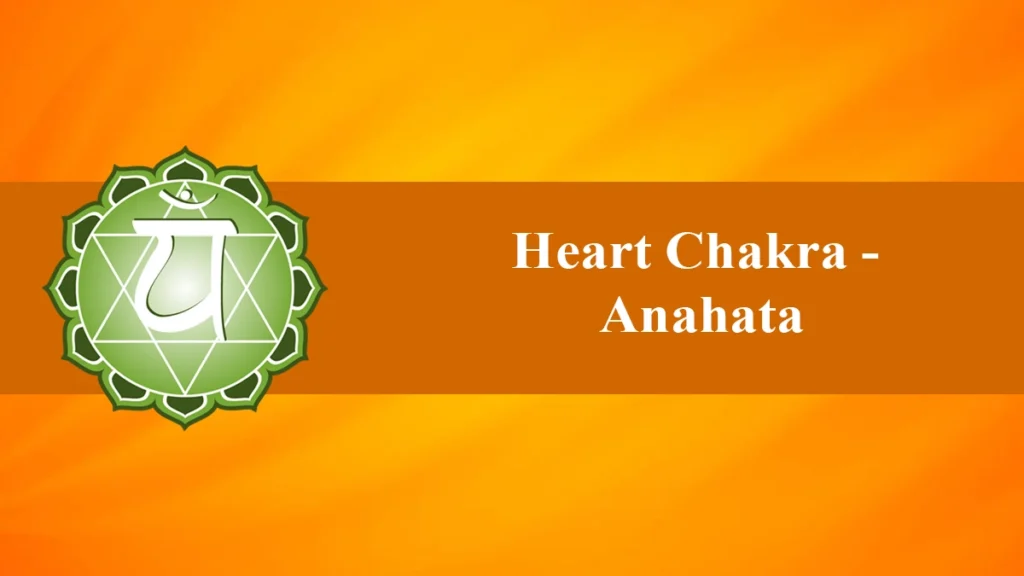
- sanksrit name: Anahata (unstruck)
- Beej mantra: Yam
- symbol: Lotus with 12 green petals. Within it are 2 intersecting triangles, forming a star.
- color: green
- location: center of chest behind the sternum
- corresponding hormonal gland: thymus
- associated anatomy: heart, lungs, immune system, lymph system (circulatory system= cardiovascular system + lymph system)
- characteristics: unity, brotherhood/sisterhood, love, peace, purity, innocence
- heart chakra life issues: allowing love be the center of your life, following your heart’s desires, learning to love yourself 1st, then others, learning to forgive, being open to receive
- affected by: relationships with significant others, family, friends, co-workers, acquaintances, & strangers, love, forgiveness or unforgiveness, intuition
- physical activities: yoga, dancing, cardiovascular exercise (such as walking, running, hiking, jumping), anything you love
- spiritual activities: learning to love yourself 1st, then others, prayer, singing, healing, pursing anything that you’re passionate about, learning forgiveness
5th Throat Chakra
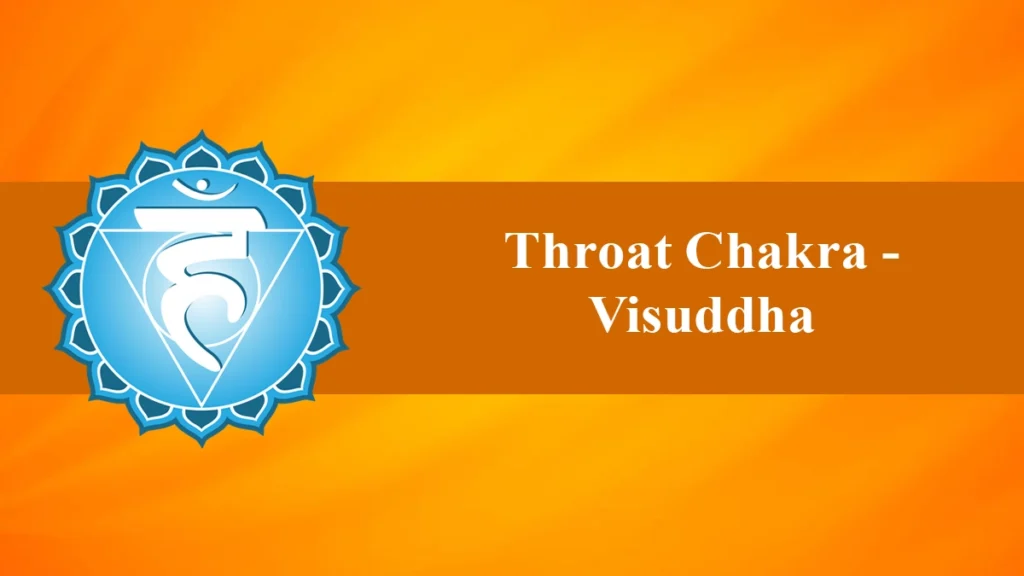
“communication center”
- sanksrit name: Vishuddha (purification)
- Beej mantra: hmm
- symbol: lotus with 16 petals, and within is downward pointing triangle, within which is a white circle (full-moon)
- color: sky-blue
- location: neck
- corresponding hormonal gland: thyroid
- associated anatomy: neck, thyroid, parathyroid, throat, mouth, teeth
- characteristics: will, communication, creativity, truthfulness, integrity, expressive
- throat chakra life issues: express your truth, speak up, say how you feel, creative expression
- affected by: speaking your truth, communication, asking for what you need
- physical activities: yoga, dance, tai chi, qi gong
- spiritual activities: chanting, meditation, singing, public speaking, prayer.
6th Third Eye/Brow Chakra
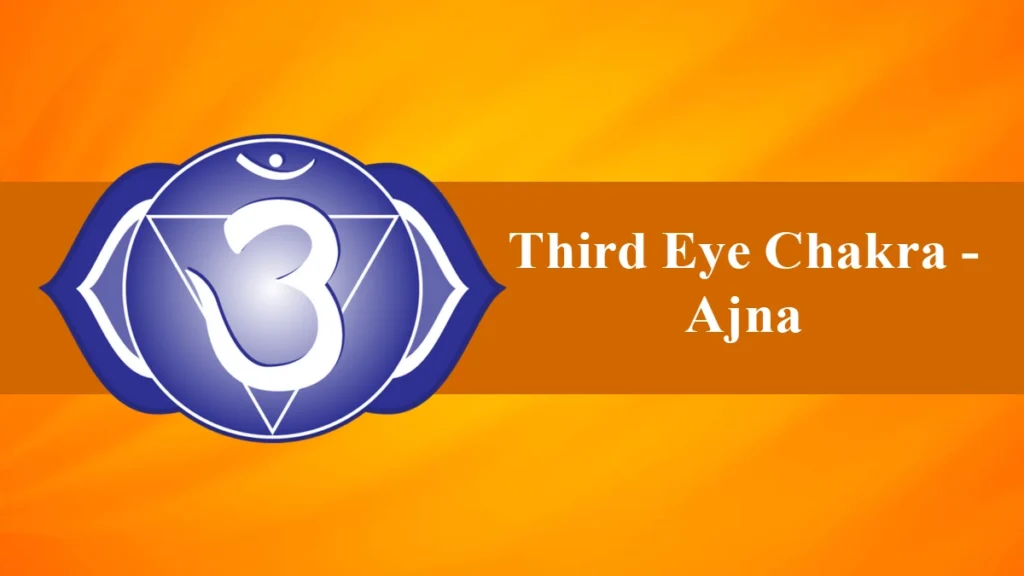
“brow chakra”,”intuitive center”, “consciousness center”, “seat of oneness”
- sanksrit name: ajna (to perceive, to know)
- Beej mantra: Aum
- symbol: violet lotus with 2 petals
- color: indigo blue or violet
- location: between the eyebrows
- corresponding hormonal gland: pituitary gland
- associated anatomy: brain, eyes, ears, nose, sinuses, pineal gland
- characteristics: wisdom, imagination, intuition, knowledge
- third eye chakra life issues: ability to focus your intelligence, to know who & what contribute to your highest good & greatest joy, wisdom from your life experience (both good & difficult), choose health, joy, life, & fulfilment in every aspect of your life
- affected by: the past, present, & future, beliefs about spirits/angels
- physical activities: yoga, tai chi, qi going
- spiritual activities: thinking clearly about your life, reading or viewing uplifting & positive books & material, reflection, contemplation, meditation, creative use of your imagination
7th Crown chakra
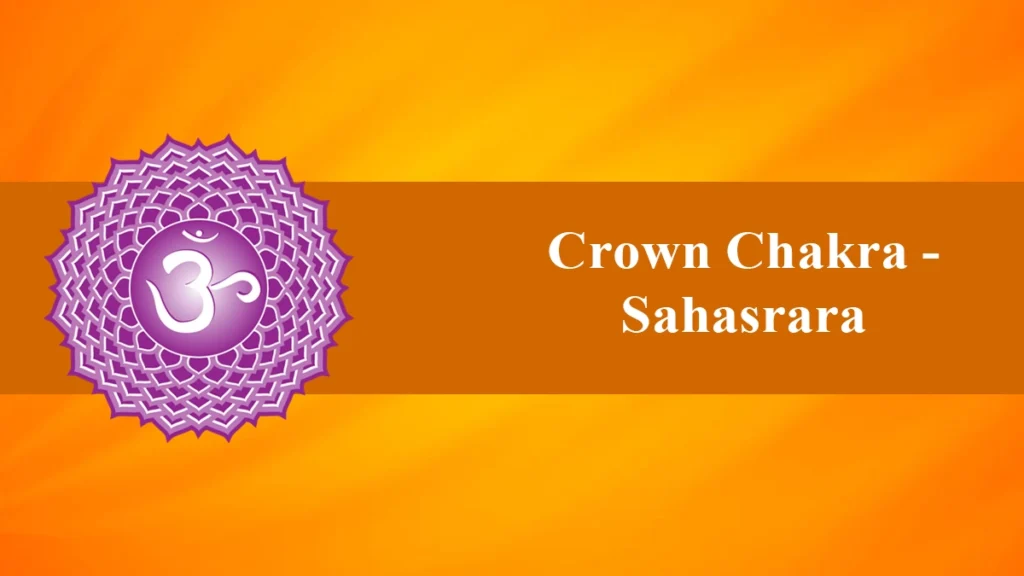
“seat of pure consciousness”, “the center of your connection with spirituality”
- sanksrit name: sahasrara (thousand fold)
- Beej manta: Om
- symbol: lotus with 1,000 multi-colored petals
- color: violet or clear
- location: top of the head
- corresponding hormonal gland: pituitary & pineal glands
- associated anatomy: nervous system, brain, thalamus, hypothalamus, cerebral cortex
- characteristics: bliss, grace, beauty, serenity, oneness with all that is
- crown chakra life issues: realization of your connectedness with all of life, exploring spirituality
- affected by: belief in a God, a life source, creator, universe, or higher power. religion, spirituality, divine guidance, trust
- physical activities: none- stillness
- spiritual activities: prayer, meditation, reflection
7 Chakras: Chakra sound and 7 Chakra Beej Mantra
- LAM for Muladhara the Base Chakra – Earth Element
- VAM for Swadhisthana the Sacral Chakra – Water Element
- RAM for Manipura the Solar Plexus Chakra – Fire Element
- YAM for Anahata the Heart Chakra – Air Element
- HAM for Vishuddha the Throat Chakra – Akasha Element
- AUM for Ajna the Third Eye Chakra – Mahatattva
- OM for Sahasrara the Crown Chakra
According to Hindu and/or Buddhist belief, chakras are vast (yet confined) pools of energy in our bodies which govern our psychological qualities. There are said to be seven main chakras in all; four in our upper body, which govern our mental properties, and three in the lower body, which govern our instinctual properties. They are:
The Muladhara (root) chakra. The Svadhisthana (sacral) chakra. The Manipura (solar plexus) chakra. The Anahata(heart) chakra. The Visuddhi (throat) chakra. The Ajna (third eye) chakra. The Sahasrara (crown) chakra.
According to Buddhist/Hindu teaching all of the chakras should contribute to a human’s well-being. Our instincts would join forces with our feelings and thinking. Some of our chakras are usually not open all the way (meaning, they operate just like when you were born), but some are over-active, or even near closed. If the chakras are not balanced, peace with inself cannot be achieved.
Understand that if you are opening chakras, there is no need to try to make over-active or less active ,Once all of the chakras are open ,then energy even’s and out and become balance.
Also Read This
Revealing the Unified connection of Astrology and Vastu Shastra [2023]
| Go to Home | Click Here |
| Offical Website | Click Here |
FAQs Related to 7 Chakras
Q1: What are the seven chakras, and where are they located in the body?
The seven chakras are regarded as the primary energy centers within the body, aligned along the spine. They are:
1. Root Chakra (Muladhara) at the base of the spine
2. Sacral Chakra (Svadhisthana) in the lower abdomen
3. Solar Plexus Chakra (Manipura) above the navel
4. Heart Chakra (Anahata) in the center of the chest
5. Throat Chakra (Vishuddha) at the throat
6. Third Eye Chakra (Ajna) between the eyebrows
7. Crown Chakra (Sahasrara) at the top of the head
Q2: What role do the chakras play in our well-being?
Chakras are believed to influence physical, emotional, and spiritual well-being. Each chakra is thought to have a specific impact on aspects like stability, creativity, self-esteem, communication, wisdom, and spiritual connection.
Q3: How does the root chakra (Muladhara) affect our lives?
The root chakra is associated with stability, security, and basic needs. It influences feelings of patience, grounding, and the ability to manifest dreams. Imbalances can lead to concerns about money, security, and material possessions.
Q4: What is the significance of the sacral chakra (Svadhisthana)?
The sacral chakra governs sensuality, creativity, and pleasure. It plays a role in self-worth, healthy boundaries, and balanced emotions. An imbalanced sacral chakra might result in issues related to self-value and personal boundaries.
Q5: How does the solar plexus chakra (Manipura) impact us?
The solar plexus chakra influences self-esteem, personal power, and confidence. It’s linked to digestion and freedom of choice. A balanced solar plexus chakra encourages a strong sense of self-worth and resilience.
